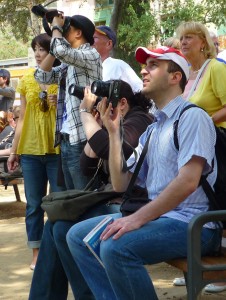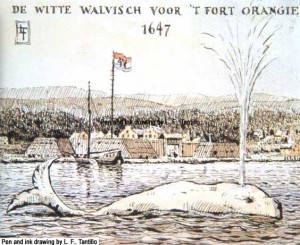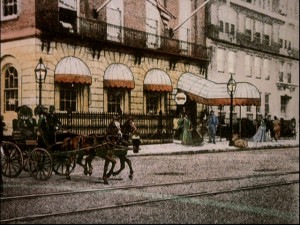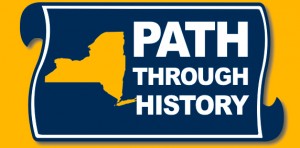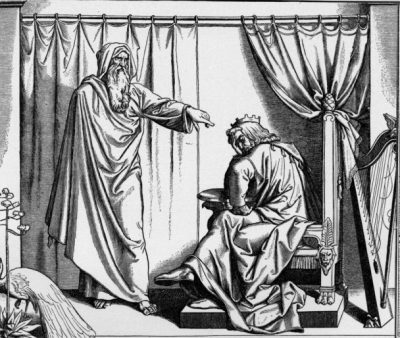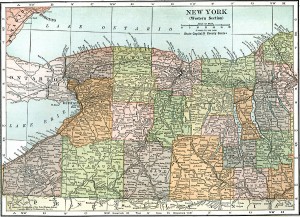
There are two regions which have Path through History plans listed on the ten Regional Economic Development Councils (REDEC) for New York State.
I’ve reviewed the Long Island region proposal here. As will be seen, there are certain overlaps and parallels in their respective plans and differences as well between their plans and those of the Western New York region, which I’ll cover here. Continue reading “History and Economic Development:Some Lessons from Western New York”




